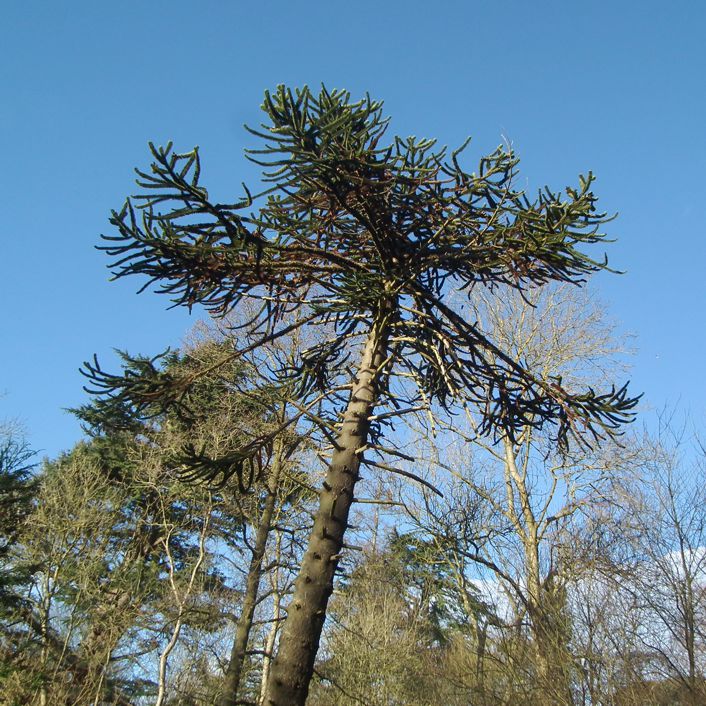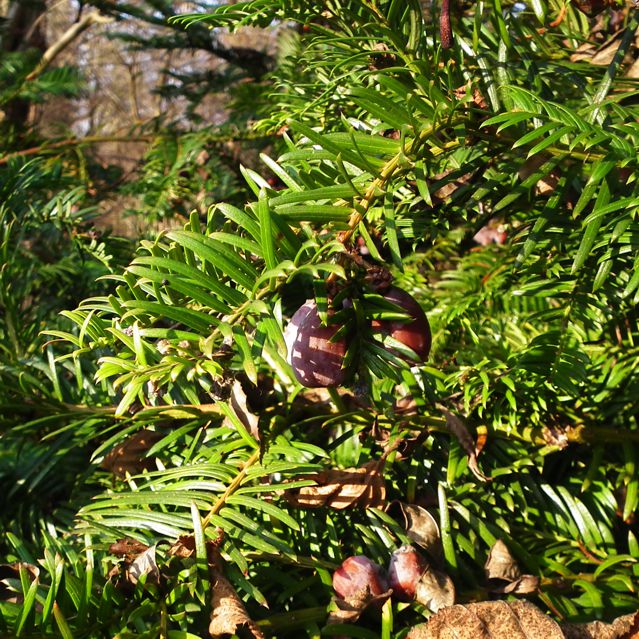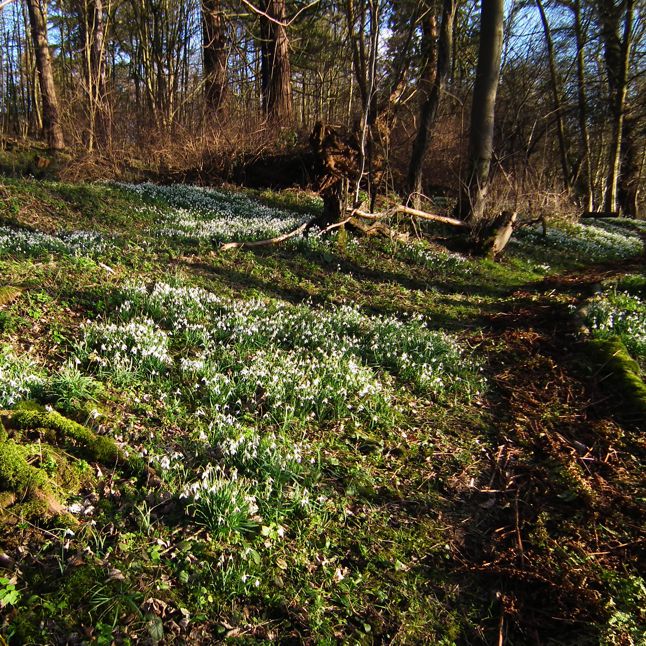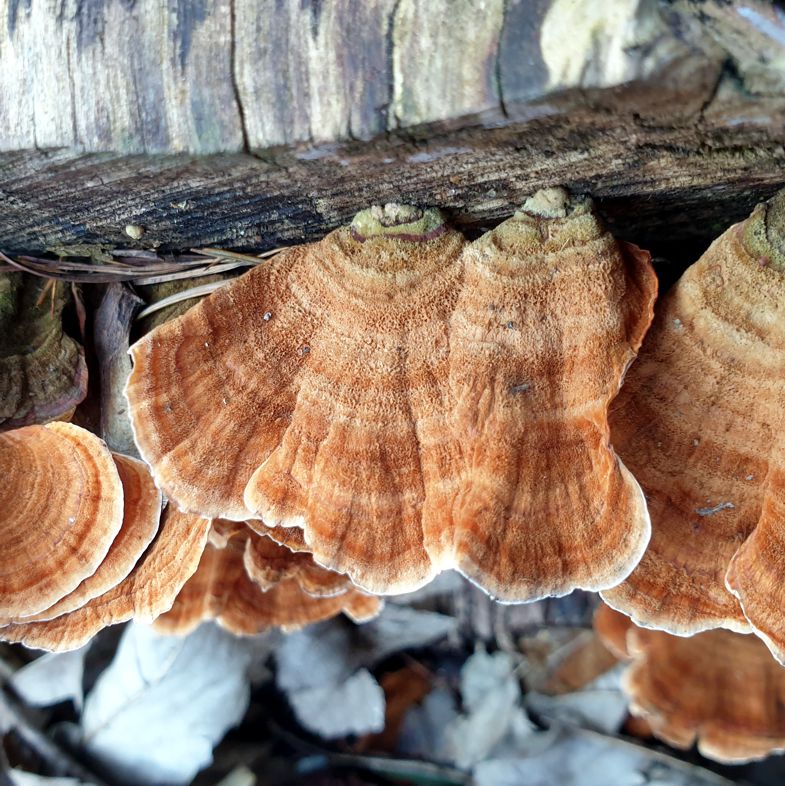
The Pinetum was first planted in 1767 by the Baker family who owned the Bayfordbury Estate and now holds a magnificent collection of conifers. With around 200 species (about one third of all conifer species in the world), Pinetum provides examples of nearly every possible feature important for conifers identification. This makes it a popular destination for wildlife walks. The site is maintained by the Friends of Clinton-Baker Pinetum since 1994 with regular work parties. See their website for more information and how to join.

Some of our trees have a distinctive history. Two species from Taiwan were first introduced to the British Isles by the Clinton-Baker family in 1910. Formosan Cypress (Chamaecyparis formosensis) was first introduced “by means of a single plant … by Admiral Sir Lewis Clinton-Baker to his brother’s collection at Bayfordbury, Herts“ (Trees and shrubs online). Another species Chamaecyparis obtusa var. formosana was grown from seeds sent to Henry Clinton-Baker by a Japanese botanist Jinzô Matsumura (Trees and shrubs online).
Two trees - the largest of our Ponderosa Pines (Pinus ponderosa) and Western Larch (Larix occidentalis) - made it into the Monumental Tree registry.

harringtonia), February 2016
Conifers are woody plants with seeds less protected compared to flowering plants. They are less diverse than flowering plants, and their classification keeps changing with the development of genetic analysis. ‘Broadly’, most of our species belong to the Pine family (Pinaceae) with needle-like leaves and Cypress/Juniper family (Cupressaceae) with scale-like or flat leaves. The Pine family includes large groups like Firs, Spruces and Pines, as well as Cedars, which became iconic landscape trees in parks and gardens. The Cypress family includes ‘true’ Cypresses and Redwoods. Some of the oldest trees in the Pinetum are Giant Redwoods (Sequoiadendron giganteum) and Yews (Taxus baccata). We also have species from small and ancient families, including Maidenhair Tree (Ginkgo biloba), Monkey Puzzle (Araucaria araucana) and Plum Yew (Cephalotaxus harringtonia).
Look for sways of Snowdrops in February, fungi in our Fungal Clock and ferns, mosses and liverworts in the Grotto.
More information about Redwoods is on the Hook’s Grove page, and tips on identification on the Identification/Conifers page.
References
Bean W.J. Trees and shrubs: Hardy in the British Isles. The online edition: https://www.beanstreesandshrubs.org/browse/chamaecyparis/chamaecyparis-formosensis-matsum/ [accessed 2024-01-11].
New Trees section in 'Chamaecyparis obtusa' from the website Trees and Shrubs Online https://www.treesandshrubsonline.org/articles/chamaecyparis/chamaecyparis-obtusa/ [accessed 2024-02-23].


(Stereum hirsutum), February 2023

scolopendrium), January 2016